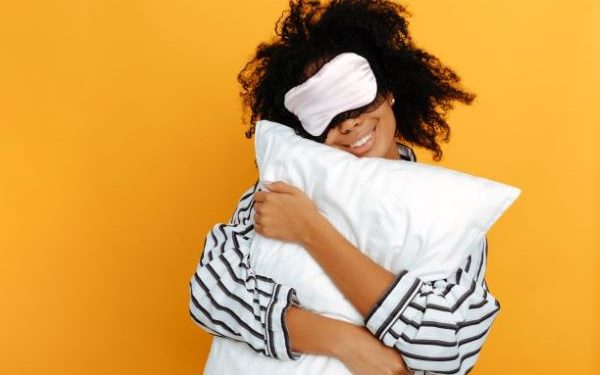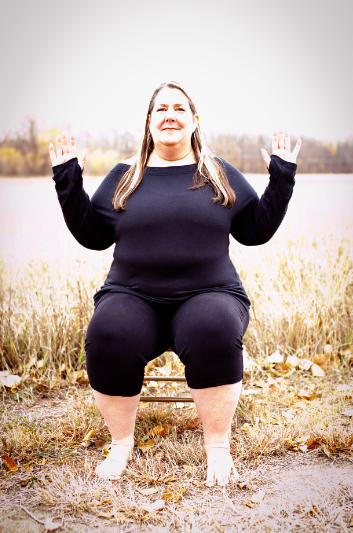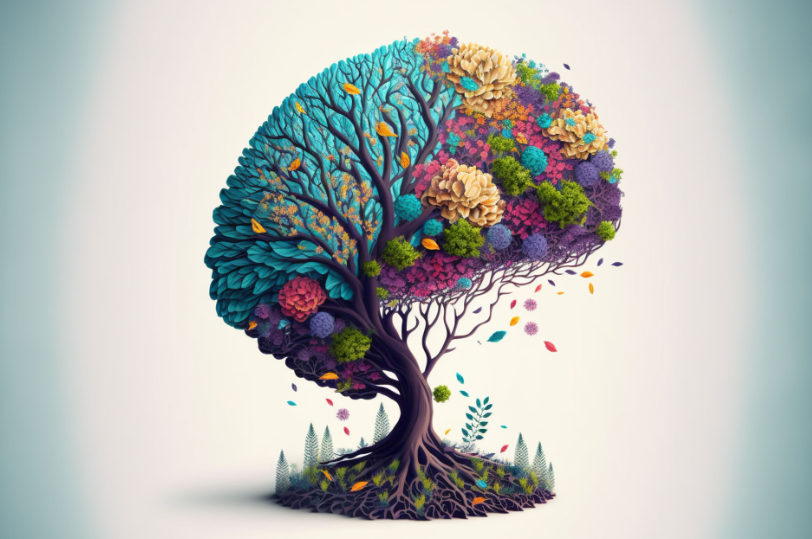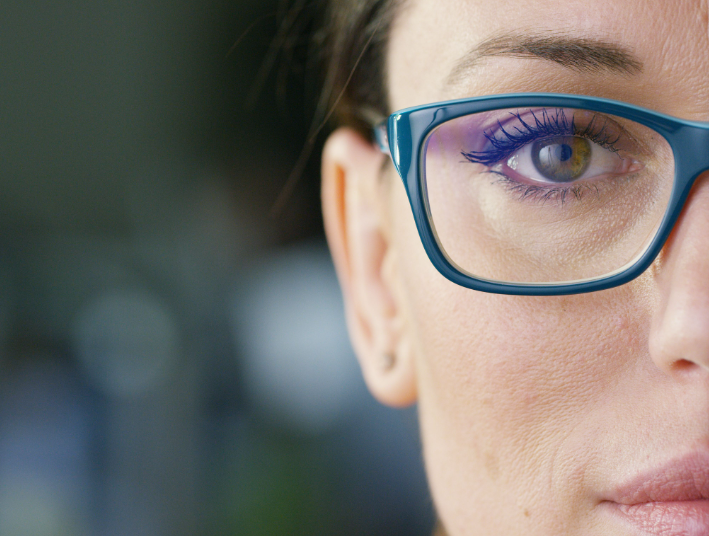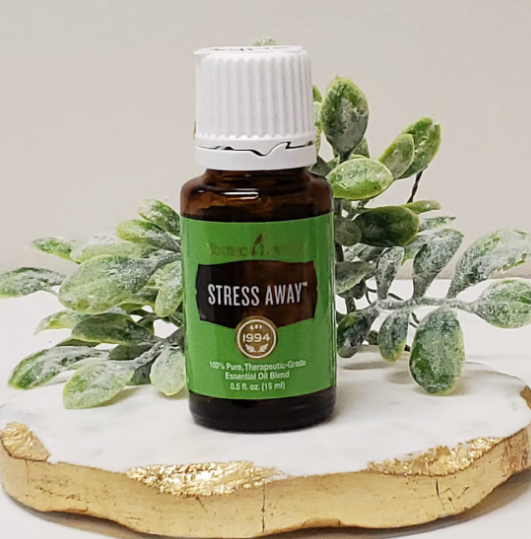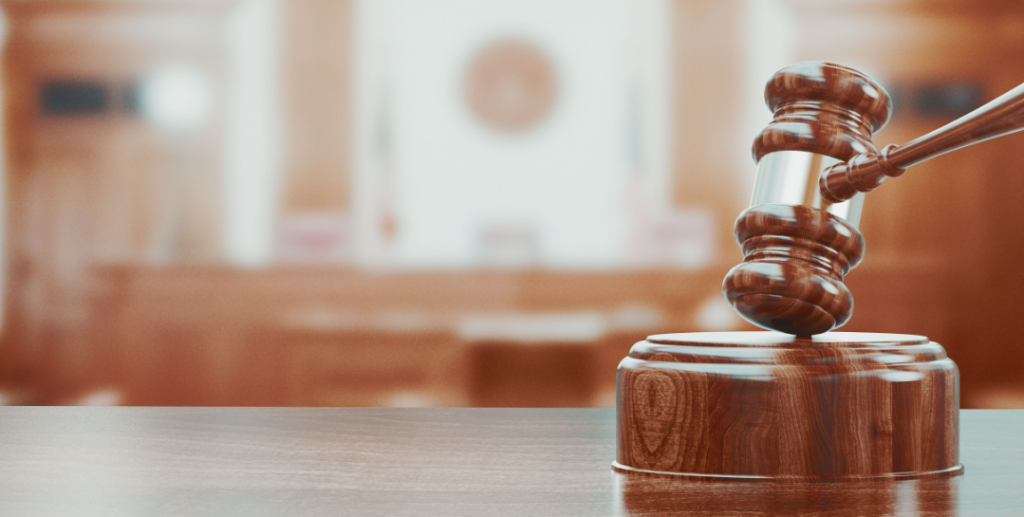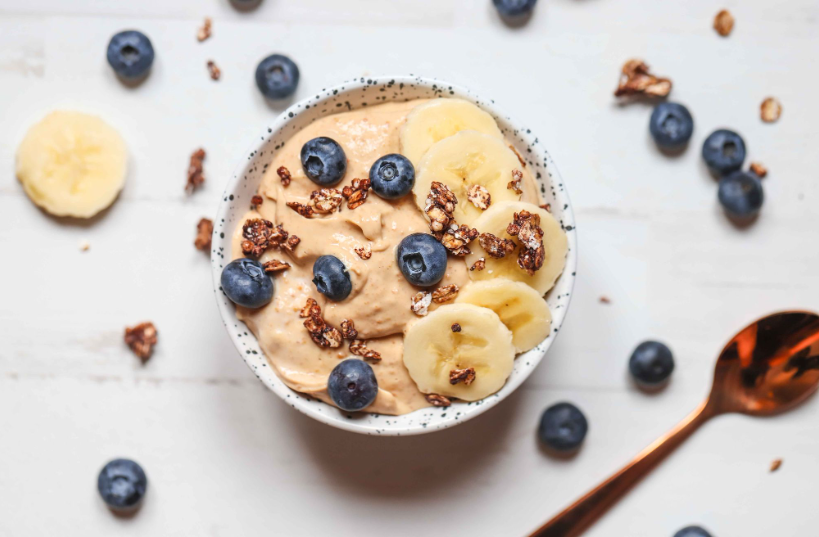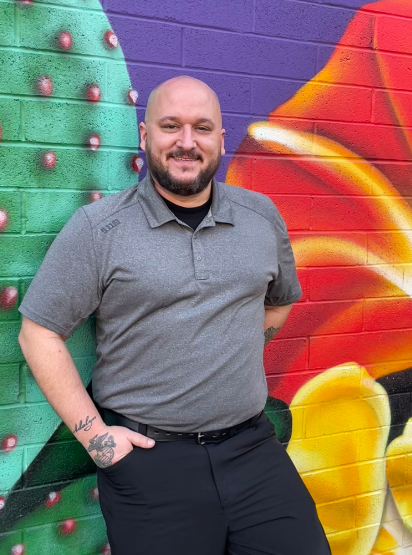by Andrew Thierry
We often focus on diet and exercise as being central to the health of our mind and body. Sleep, while seen as important to feeling sharp and productive throughout the day, is too often overlooked even though sleep is critical to our physical, as well as mental, wellbeing. When we think of sleep, the focus is on the duration of sleep we need, overshadowing the importance of sleep quality. Obstructive sleep apnea does not just lead to daytime sleepiness, but significant cardiovascular and neurocognitive disorders not limited to heart attacks, stroke, high blood pressure, cardiac arrhythmias, and early death when left undiagnosed and untreated.
There are two types of sleep apnea, central and obstructive. Central sleep apnea occurs when the part of the brainstem that controls involuntary breathing fails to send the signal to your diaphragm to breathe, thus interrupting the normal cycle of breathing during sleep despite the airway being unobstructed. Obstructive sleep apnea occurs when air is blocked from flowing into or out of the nose or mouth, although the neuro respiratory pathway is intact and the body is actively trying to breathe.
Obstructive sleep apnea (OSA) occurs when upper airway muscles relax during sleep and close off the airway for a period of 10 seconds or more, which prevents you from getting enough air, and thus results in low oxygenation of blood circulating to vital organs. OSA is often recognized by the bed partner as opposed to the sleeper. Snoring and OSA often occur together, but some individuals may snore loudly and have no OSA, while others may have minimal snoring and experience OSA. Snoring is a result air passing through the upper airway and vibrating relaxed muscles and other soft tissues of the nasopharynx and oropharynx. OSA is in the differential diagnosis of a patient who experiences daytime sleepiness and/or mood swings which may result from chronic sleep interruption. In individuals with anatomical risk factors for OSA, relaxation of upper airway muscles while supine may lead to obstruction of the upper airway.
Obstructive sleep apnea (OSA) affects almost half of American adults and increases with age and obesity. Sleep apnea rates increase sharply in women after menopause and is often linked to heart disease and metabolic issues like diabetes. Deep, quality, restorative sleep is necessary for optimal functioning of the mind and body, and undiagnosed OSA can lead to lost productivity and falling asleep at work or in class, headaches, motor vehicle collisions, mood swings, memory loss, and confusion. Obesity is a major risk factor for snoring, and sleep apnea and a majority of patients with OSA are overweight.
Sleep has four stages, one REM stage and three non-REM stages. We alternate through these sleep stages throughout the night. With obstructive sleep apnea, the apneic episodes occur during the REM stage of sleep. During REM sleep, brain activity increases to levels nearly seen when we are awake, while the body experiences atonia, which is a temporary paralysis of muscles throughout the body, including those of the upper airway. There are two exceptions to this atonia: the muscles that control respiration and the eye muscles, hence the term for this stage of sleep, REM or Rapid Eye Movement. REM sleep is the stage of sleep with the most vivid dreams and is believed to be essential for many brain functions including learning, creativity, and memory. The REM stage of sleep is entered multiple times throughout the night with the first being brief and getting longer throughout the night. Together, the REM stages of sleep comprise about 25% of a night’s sleep.
So how does obstructive sleep apnea contribute to disease? One way is though the various cycles of hypoxemia (low blood oxygen levels) and hypercapnia (high blood CO2 levels), which affect cardiac parasympathetic and sympathetic nervous activity and put abnormal stress on the heart. When a period of apnea ends, asphyxia triggers a sudden arousal from sleep that increases sympathetic activity, the body’s fight or flight response, relating to an increase in blood pressure and heart rate. This is not optimal when trying to achieve restorative, quality sleep. Sympathetic activity and sleep disruption also lead to insulin resistance and increased cardiovascular disease. Type 2 diabetes, obesity, and obstructive sleep apnea are often intertwined with one leading to or exacerbating the other.
Obstructive sleep apnea is often diagnosed using a sleep study or polysomnography. During a sleep study, you are connected to equipment that monitors your breathing patterns, blood oxygen levels, heart rate, lung and brain activity, and movements. Imaging studies such as MRI and CT can identify any airway obstruction that may be contributing to OSA, like enlarged tonsils and adenoids, tumors, cysts, or polyps.
Once diagnosed with obstructive sleep apnea, initial treatment is focused on lifestyle like losing weight,; exercising regularly reducing or eliminating alcohol and smoking, monitoring allergy medications, and avoiding sleeping pills and other sedative medications. When a source of obstruction is present, surgical removal of the obstruction may be warranted, such as the removal of the tonsils and adenoids. If the OSA persists despite these measures, a continuous positive airway pressure device is used to keep the airway open throughout the sleep cycle. These are machines placed at the bedside. A mask is placed over the nose and/or mouth to keep the airway open throughout the respiratory cycle with continuous positive air pressure relative to surrounding air.
Studies have shown treating OSA leads to reduced hypertension throughout the day, improved attention and memory, reduced cardiovascular and neurocognitive disorders, and improved lifespan and quality of life. Sleep quality is a crucial factor in our physical and mental health. Some states and school districts appreciate the importance of sleep and are mandating later starts to the school day to allow for adequate sleep. More focus needs to be placed on sleep quality, especially with all the screens and devices that are such an integral part of our daily lives. So, love your heart, rest your mind, put your phone away, and get some quality sleep.

